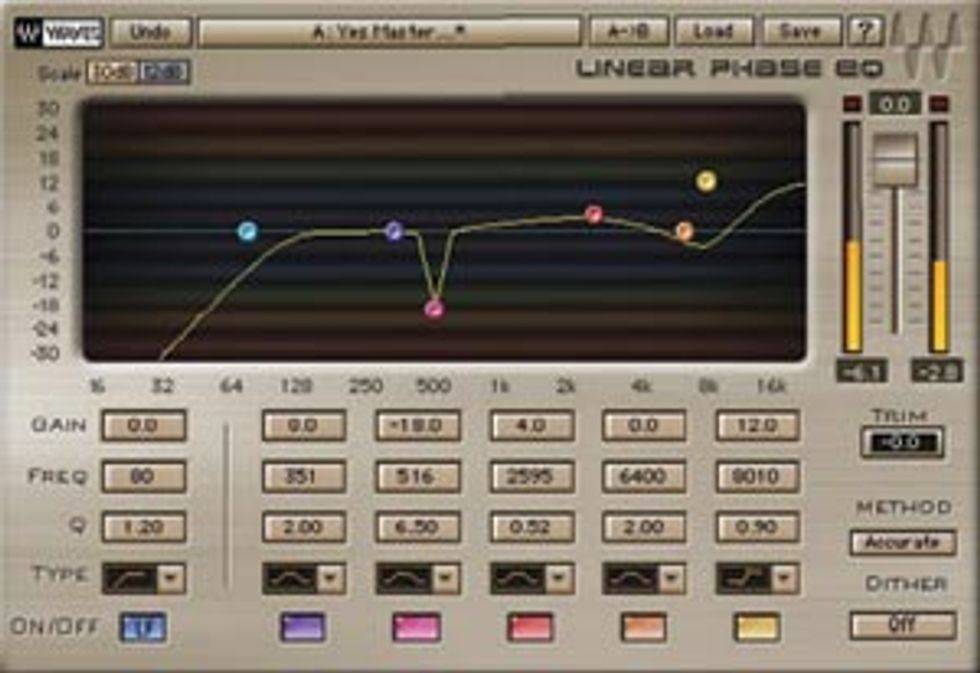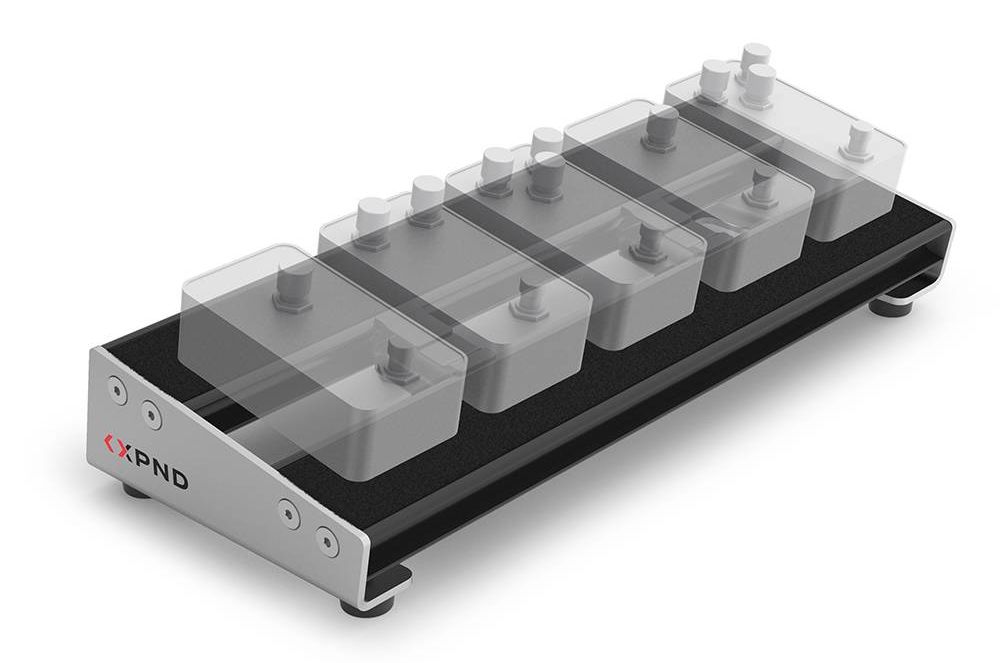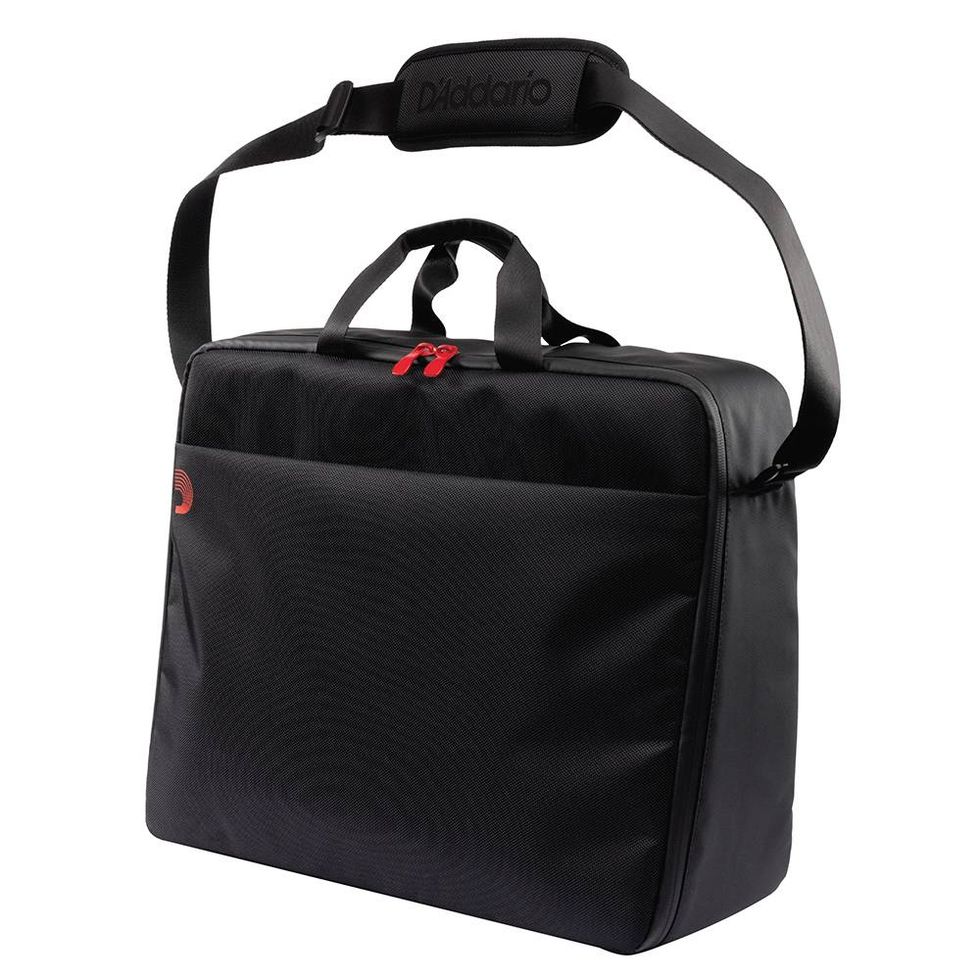 | |
|
While the goal in most recording sessions is to capture perfect tracks straight from the mic into the recorder, it rarely works out that way, especially in home studios. In most cases, you’ll still need to apply some EQ and other processing to make your tracks sound great.
So how do you know how to EQ your tracks? First, I encourage some experimentation. As they say on every recording forum and magazine, “Turn the knobs until it sounds right.” Although this is pretty sound advice, we could all benefit from someone else’s experience, at the very least to point us in the right direction.
To begin with, remember that the final tone is largely going to be dictated by how the guitar was recorded initially. Junk in, junk out, right? Start with a recording that’s clean, and get as close as you can get to the tone you want using careful mic placement. The Sweetwater website has online videos with an experienced engineer, Chris Liepe, who explains the basics of mic placement (www.sweetwater.com/feature/microphones/miking101.php).
Let’s assume you’re using a pair of smalldiaphragm condenser mics, one to capture the body of an acoustic guitar at perhaps six inches off, with a second mic aimed at the neck, perhaps a few inches farther back. The first thing you may hear is that the guitar sounds “boomy.” While some mics and preamps have a high-pass filter to help tame excessive bass, other tone shaping may be needed to roll off the bass frequencies a bit further. Just don’t get carried away and carve out too much low end or the sound will be thin! I recommend using a phase-coherent equalizer plug-in such as Waves’ Linear Phase EQ, which gives you a lot of tone-shaping control without adding any unwanted junk into the sound.
Much of the nuance in acoustic guitar can be lost if the high-frequency details aren’t heard clearly. A common way to keep the track alive is to brighten it by boosting the frequencies between 5kHz to 10kHz by a few decibels. If you have a very bright microphone and guitar, however, you may have a recording on your hands that makes your eyes water and glass splinter. In this case, do a 180 and apply a low-pass filter to pull back the highs until the recording’s top-end drops into line.
It’s important to remember that equalization is just frequency-specific volume control. Use your ears to ensure what you’re doing is working. It never hurts to have a couple of reference CDs of great acoustic guitar sounds handy that you can try to match with your tracks. There’s nothing wrong with comparing your tone to a pro’s work. Just be sure the volume levels between the two things you’re comparing are equal – our ears usually perceive a louder recording as sounding better. Listen to your reference track, then play your recording. How does the sound compare? Try dialing in your equalizer until the tones are similar.
Capturing great tone takes some effort, but the payoff is pro-sounding recordings that will be a joy to listen to. Learning to use an equalizer is a skill like any other – the more you do it the better you’ll get. Don’t be afraid, get in there and start twisting the knobs on your mixer or recording software. Listen carefully, compare to good pro recordings, and soon you’ll be playing back sweet tones other players and engineers would die for!
Forrest Powell
Forrest Powell is a Sweetwater Sales Engineer and records indie projects in his home studio for artists from around the country. Contact him at 800-222-4700 x1235 or forrest_powell@sweetwater.com.



















![Rig Rundown: Russian Circles’ Mike Sullivan [2025]](https://www.premierguitar.com/media-library/youtube.jpg?id=62303631&width=1245&height=700&quality=70&coordinates=0%2C0%2C0%2C0)






